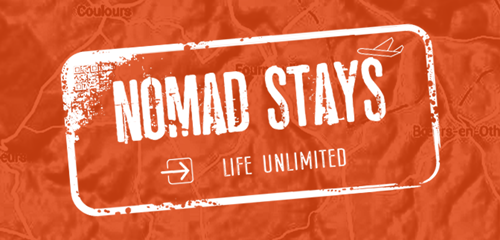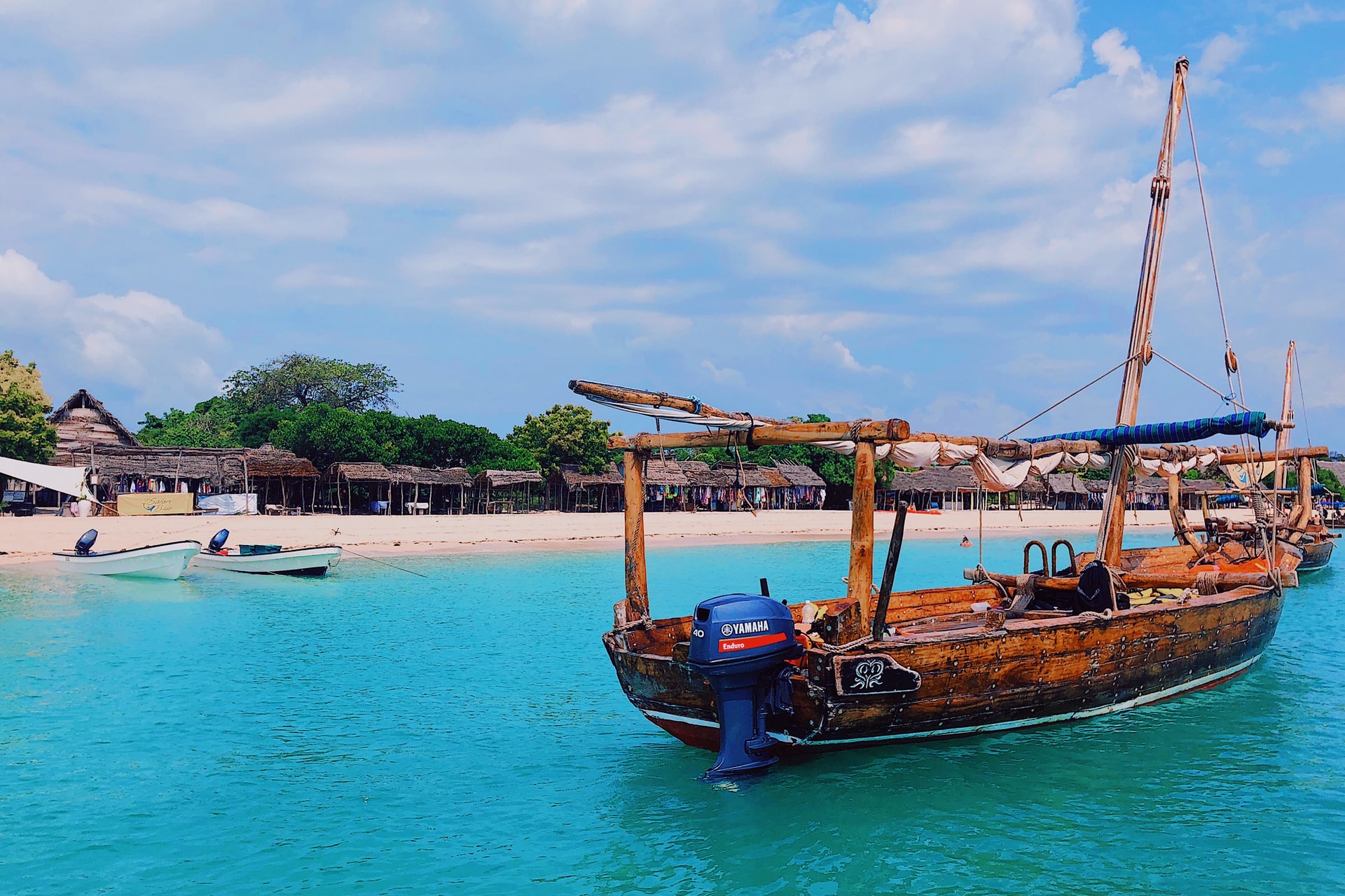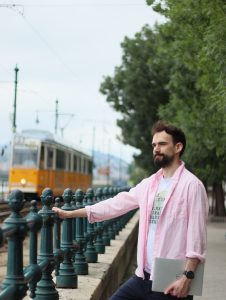Why slowmadism is a trend to follow for the future of travel
What is slowmadism?
The slow trend has come to our lives as a result of chaos and stress that has become a part of our fast-paced lifestyle. Those of us who were tired of always being busy decided to take a slower approach to life, focus on what truly matters and enjoy the moment.
Along with slow life movement, a trend of sustainable fashion and slow food appeared, both of them aiming to consume less and enjoy more. This is also exactly what slowmadism is about – it is essentially a more meaningful and longer-lasting way of travelling. The main focus for this style of travel is getting the most authentic experience in the chosen place rather than seeing as much as possible.
Nowadays, however, slowmadism is not only a modern trend – it is rather a necessity!
Since the start of the Coronavirus pandemic, it has become much more difficult for digital nomads to travel than it was before. While Pre-COVID digital nomads could easily explore various countries and locations by changing them every month (if not every week!), in today’s reality with constant PCR testings and 14-day quarantine upon arrival in a new country, such short trips are pretty hard to imagine. Not to mention that the borders of the majority of countries remain closed for tourists and digital nomads.
How do slow nomads differ from digital nomads?
The main thing that differentiates slow nomads from other digital nomads is that the first ones take their time to immerse themselves in the place they come to. As this can only be possible if they spend enough time discovering the city, slow travellers usually spend multiple months or even a year in the chosen destination.
Unlike other digital nomads, slow travellers tend to pick less popular tourist destinations to settle for one to three months at a time depending on their visa requirements. On the contrary, they generally go to quiet green locations where they can capture the culture and spirit of the place and live like a local, not like a tourist. They go to shops and restaurants where the locals would normally go, eat the food the locals would eat and use public transport – just like the locals. That being said, living like a native does not mean rejecting all digital and modern. Just like all the other digital nomads, slow nomads make use of technology for their work and everyday life.
What are other advantages of slowmadism?
Advantages are myriad, even if you are one of those digital nomads who became a slow nomad not voluntary but because of the COVID 19 restrictions, don’t be too upset! Slowmadism has a number of advantages you can benefit from.
#1 Less stress
First of all, slow travelling is less stressful than the traditional one. Since you are more flexible with your departure date and can afford to stay longer in a certain place, your deadlines become less strict. You simply don’t feel pressured to see all the major sights of the city or finish a work project before moving to your next location.
#2 More productivity
As full-time travellers digital nomads are always on the go, they do not only travel – they also need to work. Travelling from place to place and staying productive at the same time is not an easy task, especially if the trips are quite frequent. Not only do the journeys take a lot of time, but there is also planning of trips and dealing with legal and organizational issues that always come up in a new place. No wonder that with such a lifestyle it can be pretty hard to stay productive. Things become even worse if you need to change your time zone – because of the jet lag you become exhausted and this impacts your performance.
From experience; the good thing is that as a slow nomad you don’t encounter these problems. This means that you can fully focus on your business without wasting time packing/unpacking and waiting in the airport queues.
 #3 Eco-Friendly
#3 Eco-Friendly
Slowmadism is not just a movement, it is also a mindset. Just like the supporters of slow lifestyle and slow fashion, nomads strive to consume less and take care of the environment where possible.
We all know that plane is the most carbon-intensive means of transport. So even the fact that slow nomads fly considerably less than traditional digital nomads is already a huge step towards sustainability. But slow travellers do more than that!
In addition to cutting emissions by saying no to frequent flights, they often choose to get by around the city without a car. Instead, slow nomads walk or ride a bike. If the destination is rather remote, public transportation is their way to go.
Selecting local foods is another ecological choice. By doing so, you not only support local farmers and eat fresh food but also help the environment by avoiding the long transportation way and environmental pollution.
#4 Affordability
As mentioned before, slow nomads live like locals. And apart from this being very exciting, it is also quite cheap! Housing, which is usually the biggest expense for all travellers, will be much more affordable if rented for an extended period. Eating like locals often means cooking yourself, which can significantly reduce costs too. After all, even sightseeing will be less expensive for slow nomads – they would rather see around one place of interest per day than several of them.
#5 Network
It is important to build/expand the network for every digital nomad and entrepreneur. You think that slowmadism makes it harder? Quite the opposite! With the constant need to adapt to new environments, digital nomads simply have no time to build genuine relationships. Slow nomads, on the other hand, have a splendid opportunity to make new friends and build long-standing bonds with either locals or the like-minded nomads.
With all of this in mind, slowmadism indeed looks like a good trend to try out. It is modern, ecological and both easy and affordable to follow. Now is a perfect time to give it a shot – just don’t forget to take it slow!
What do you think about slowmadism?
Share your thoughts in the comments below!
Signing off!
Andy Stofferis
Leading the Slowmadism
Andy is a digital nomad. He runs a full remote digital marketing agency, Sendabee. He has been working remotely from 40+ countries over the past 6 years. He shares his insights and tips through his blog




 #3 Eco-Friendly
#3 Eco-Friendly



Pingback: Sustainable tips for a life on the road - Part 1 - Nomad Stays Blog - The Global Adventure Nomad
Pingback: Sustainable tips for a life on the road - Part 2 - Nomad Stays Blog - The Global Adventure Nomad
Pingback: The New Nomad - What Is it & is it the new normal? - Nomad Stays Blog - The Global Adventure Nomad
Pingback: How to become a digital nomad: the ultimate guide - E-DeshSeba
Pingback: How to become a digital nomad: the ultimate guide - Mass Blog